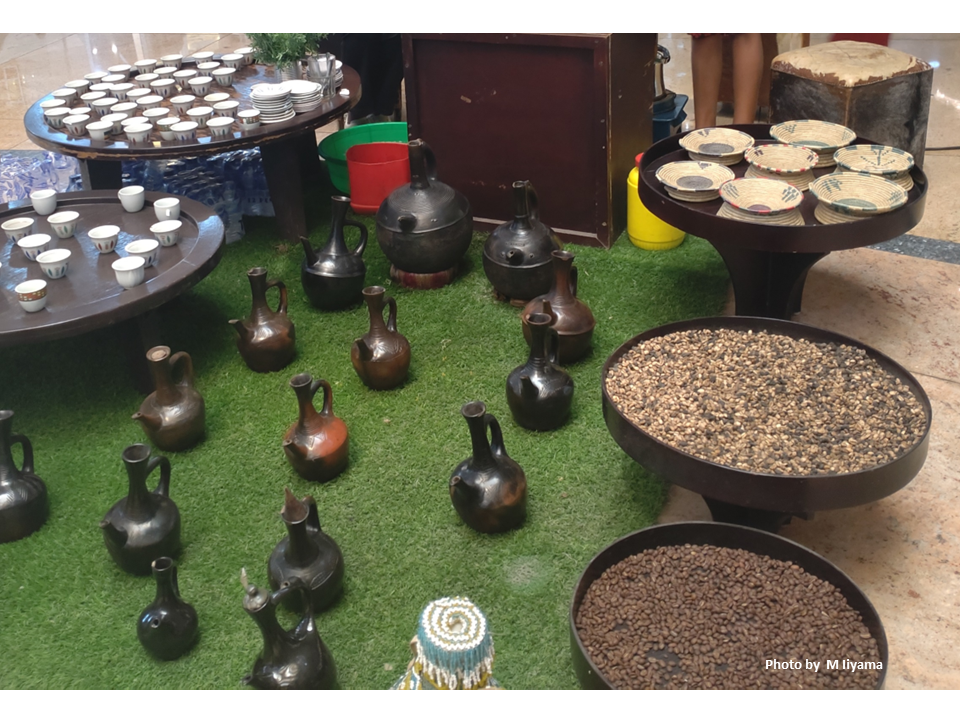Pick Up
1167. Agricultural Market Information, 2024 Review, and 2025 Outlook

1167. Agricultural Market Information, 2024 Review, and 2025 Outlook
As 2024 draws to a close, the Agricultural Market Information System (AMIS) has reviewed the 2024 trends in the agricultural market and made a forecast on the factors that will affect market trends in 2025.
While two years ago, when the war in Ukraine broke out, all sectors of the global economy, including the agricultural sector, were subjected to unprecedented shocks, this year the global market for food has remained relatively calm, and price volatility largely reflects fundamental developments.
In 2024, the impact of adverse weather conditions in some parts of the world was offset by favorable conditions in other regions, resulting in relatively stable commodity crop production. Wheat, maize, rice, and soybeans are grown all over the world, and price adjustments have worked as farmers reacted quickly to global market prices according to production cycles in the northern and southern hemispheres. In contrast, commodity crops such as cocoa, coffee, and olive oil, which are geographically vulnerable, are susceptible to supply shocks and have experienced significant price increases this year.
Even though staple grains are produced in different parts of the world, trade transparency is essential to the fight against hunger. More than 80% of the world's trade in grain and oil crops takes place by sea routes. In 2024, global trade faced delivery restrictions and disruptions arising from the low water levels of the Panama Canal and the development of political instability in the Red Sea, resulting in longer freight travel distances and higher trade costs, including insurance premiums, as well as higher greenhouse gas emissions. While the Panama Canal has normalized to date, the number of ships transiting the Red Sea has plummeted to 20-25 in November 2024 compared to November 2023 (70~75 per month), but it does not seem to have had a significant impact on food availability.
Going forward, global agri-food systems will remain vulnerable to shocks caused by extreme weather events, heightened geopolitical tensions (including in the Near East), economic shifts, and policy changes and new developments in other sector markets, which could shift the balance between supply and demand and have negative outcomes for food security.
Changes in rainfall distribution and the impact of abnormal weather are of concern due to the impact on crop yields and production levels in the future. Policies such as trade and biofuel mandates, subsidies, and import and export restrictions are also expected to continue to influence market trends. Export controls and measures that distort trade can lead to price fluctuations and market uncertainty, and countries are urged to refrain from such measures. Inflation and exchange rate fluctuations also affect the formation of market trends.
Launched at the G20 in France, AMIS helps to reduce volatility in market prices by ensuring transparency and eliminating information asymmetry by providing monitoring information on commodity markets that are critical to food security in developing countries, such as grains, soybeans, oil crops, and fertilizers.
Contributor: IIYAMA Miyuki, Information Program
